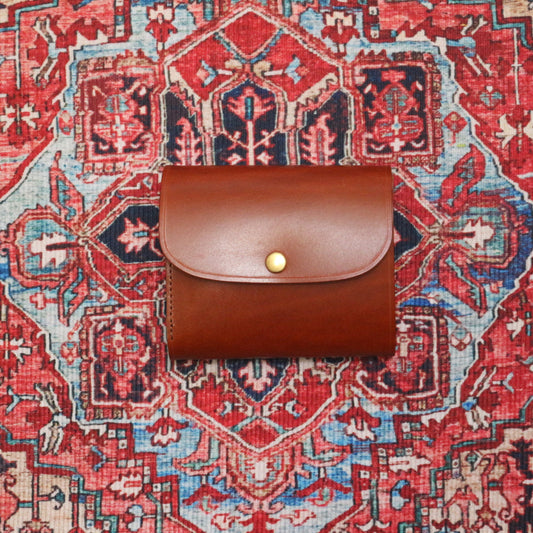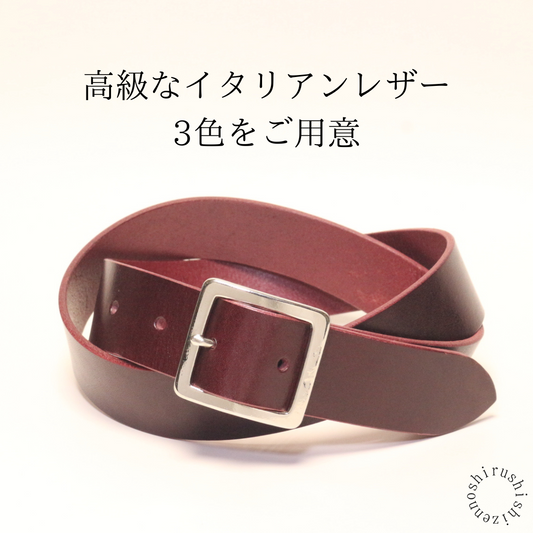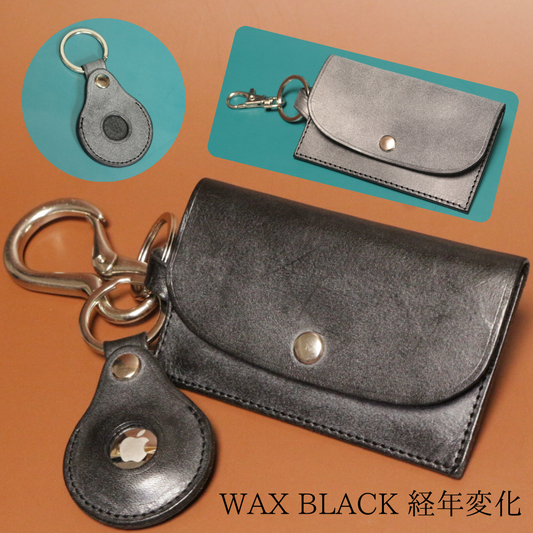Thinking about made-to-order 1
Currently, we do not accept completely custom orders.
This is because the selling price will be “very” high.
"Completely custom-made" here means creating 100 items from scratch. Prototyping and repeated meetings are necessary.
From here, I'll talk about general things.
I think there is a gap in the perception of consumers and producers regarding made-to-order products. It's not about who is wrong.
Producers simply calculate the selling price from the labor and material costs involved in meetings, trial production, and final production.
Customers estimate the purchase price to be approximately this based on their own experience.
I guess it's the market price of ready-made products + α.
This is the point where the discrepancy occurs.
Since there is little custom-made experience and no information on the α part, the customer has no idea.
It can't be helped because "purchasing items made to order is not common".
Currently, neither is wrong.
If the producer presents the price in this state, the customer will feel that the price is too high.
After that, discussions will be held to make concessions to each other (or the deal will fail).
Since ``concession'' equals ``bending,'' it is not possible to have a truly pleasant transaction.
If people were more aware of the fact that custom-made products take time and materials, they might be able to shop with mutual understanding.
A long time ago, when I used to receive custom orders, most of them were friends or acquaintances, and all of them set prices without considering profitability.
I knew there was a difference in perception, so I did it because I wanted people to feel comfortable buying it.
(In that case, it is no longer a business but a hobby...)
Specifically, custom-made products generate money in the following flow.
①Meeting (personnel costs)
②Prototype (labor and material costs)
③Re-meeting (personnel costs)
④Main production (labor and material costs)
If necessary, repeat steps 2 and 3, so the selling price will increase...
Create new products for the store that will be sold many times in the future! When you consider that you are producing a one-time-only product, you can see that it is a very luxurious and wonderful thing.
That's why made-to-order items are expensive.
To make it easier to understand, I'll give you a rough analogy from a different perspective.
Let's say there is a store with 4 employees that makes 3 million yen in sales per month.
Made to order, completed by one person in a week.
How much would you like to sell it for?
4 people make 3 million yen in sales per month, so per person
3 million yen ÷ 4 people = 750,000 yen
That means it will take a week
750,000 yen ÷ 4 weeks = approximately 190,000 yen
You will need at least 190,000 yen.
In another example,
Monthly sales: 1.5 million yen 2 employees: 94,000 yen Monthly sales: 3 million yen: 2 employees: 380,000 yen
I haven't considered material costs, etc., and it's not an accurate way to calculate the amount, but you can get an idea of the minimum amount required.
So ton ton. If the order cannot be used for future product development, it will be a negative result. It would be better to pursue different projects such as sales promotion activities and new product development.
Just to clarify, I'm not saying that custom-made products are bad.
As a result of repeatedly receiving unplanned, custom-made orders that continue to damage your company's profits, if you are no longer able to return profits to your customers, you will go bankrupt.
I think so. (Continued in the next article, “Thinking about custom-made products 2” →)




